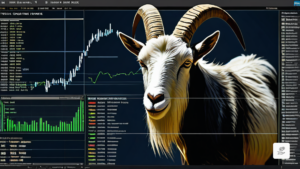Investment Protection Strategies in Trading

Types of Stop Loss Orders
Stop Sale Orders
In financial markets, emotions such as fear and greed can influence investment decisions. Stop-loss orders are basic strategies used to limit losses. When the price of a contract falls below a predetermined level, a sale is triggered at the current market price.
Stop Sale Order Examples
During periods of high volatility in the markets, as has been recently seen in the E-mini NASDAQ-100, stop-loss orders have been useful in protecting short-term trading profits. Investors can use these strategies to avoid significant losses.
Stop Purchase Orders
On the other hand, stop buy orders are used by investors who want to protect their short positions. When the price of the contract rises above a certain level, a buy is triggered to close the short position, thus allowing to obtain profits in a bear market.
Stop Limit Orders
Stop limit orders are more complex strategies that offer traders more control over their trades. When triggered, a stop limit order creates a minimum price for the trade to execute at, which prevents selling at unfavorable prices in highly volatile environments.
Comparison between Stop Sale and Purchase Orders
Stop-loss and stop-buy orders differ significantly in their application and effectiveness. While stop-loss orders protect long positions, stop-buy orders are useful for closing short positions with a profit. Both strategies offer investors the opportunity to manage their risk more effectively.
Advanced Strategies with Stop-Limit Orders
Stop-limit orders combine the benefits of stop and limit orders, offering traders greater flexibility and control over their trades. By setting both a trigger price and a limit price, traders can better manage their trades in volatile markets.
Conclusion
In short, the use of stop strategies, whether through sell, buy or stop-limit orders, is essential to protect investments in trading. These tools allow investors to minimize risks and maximize profits in a dynamic and changing financial market.




